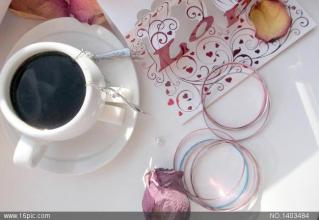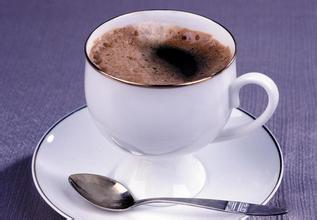Introduction of Coffee treatment introduction of semi-washing honey treatment of coffee beans by drying method
Water washing is the most popular treatment method at present, and most boutique coffee beans will choose water washing method. Washing coffee refining process: harvesting → storage tank (removal of impurities and immature beans) → pulp removal machine (removal of pulp and impurities) → fermentation tank (removal of mucous membrane on endocarp) → washing pool (selection of light and hard beans) → sun drying field (or dryer) → sheller (removal of endocarp) → grading (electronic bean selector or hand selection, Screen, etc.) the color of raw beans treated by → export drying method is yellow. The water content of coffee beans is generally about 11% and 12%. The advantage is that sun beans have better sweetness and mellow thickness, and less sour taste, so many coffee fans like it very much. The disadvantage is that due to the use of artificial and natural treatment methods in the process, the sun-dried beans do not look good in appearance, the quality is not good-looking, and the quality is unstable, and there will be greater ups and downs and drying is a traditional coffee bean processing method. fruits need to be dried in the natural sun after harvest, and some mechanical drying is carried out at the same time. The process is as follows: harvest → sun field (sunlight exposure) → sheller (remove pulp, etc.) → grading (electronic bean selector or hand selection, sieve, etc.) → export coffee refining method is mainly divided into three categories: drying method, water washing method, semi-washing method. Generally speaking, 5000KG coffee fruit can be obtained from 1000kg coffee raw beans coffee fresh fruit is harvested, it should be treated immediately. Refining is to remove the skin and pulp of the coffee fruit, and then remove the seed from the shell, which is what we often call raw coffee beans. The refined coffee beans are still raw beans, and then they are roasted, which produces the various flavors of coffee beans that we usually drink. The fruit of the coffee tree has a pair of oval seeds in the center, which are covered with outer skin, endocarp and pulp. Ripe fruits will rot in a short time without treatment, so the purpose of refining is to enable coffee beans to be preserved for a long time and easy to store and circulate.

Important Notice :
前街咖啡 FrontStreet Coffee has moved to new addredd:
FrontStreet Coffee Address: 315,Donghua East Road,GuangZhou
Tel:020 38364473
- Prev

Coffee common sense 10 little common sense of drinking coffee the most complete knowledge of coffee in the world
Make coffee: Italian coffee: usually brew Italian coffee at home, using a mocha pot invented in Italy, which also uses the principle of vapor pressure to quench coffee (another Watt's apprentice). The mocha pot can make the pressurized vapor pass directly through the coffee powder, let the steam pass through the cell wall of the coffee powder (or Hook's apprentice), and turn the coffee.
- Next

Introduction to the blending of Italian Coffee which coffee varieties are more suitable for blending
In 1870, Joel, a grocery store salesman from Kentucky and the founder of Maxwell, felt that the coffee did not meet his requirements, so he began to try to mix different coffee beans. When he came up with a taste to his satisfaction, he took it to the prestigious Maxwell Hotel in Tennessee. This is a special company with a tradition of hospitality in the American South.
Related
- Beginners will see the "Coffee pull flower" guide!
- What is the difference between ice blog purified milk and ordinary milk coffee?
- Why is the Philippines the largest producer of crops in Liberia?
- For coffee extraction, should the fine powder be retained?
- How does extracted espresso fill pressed powder? How much strength does it take to press the powder?
- How to make jasmine cold extract coffee? Is the jasmine + latte good?
- Will this little toy really make the coffee taste better? How does Lily Drip affect coffee extraction?
- Will the action of slapping the filter cup also affect coffee extraction?
- What's the difference between powder-to-water ratio and powder-to-liquid ratio?
- What is the Ethiopian local species? What does it have to do with Heirloom native species?

